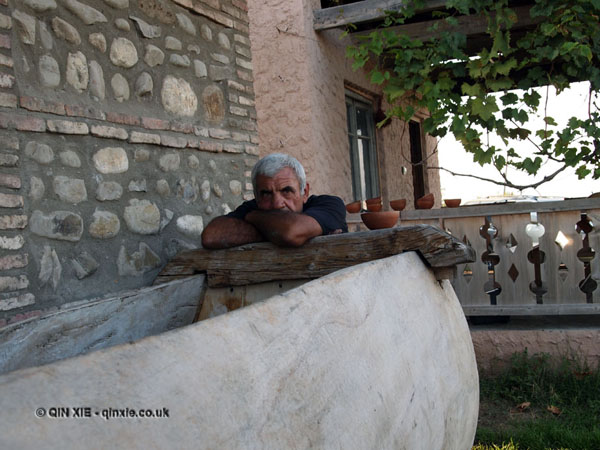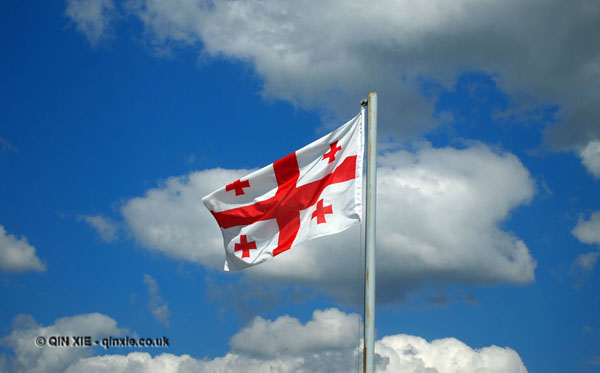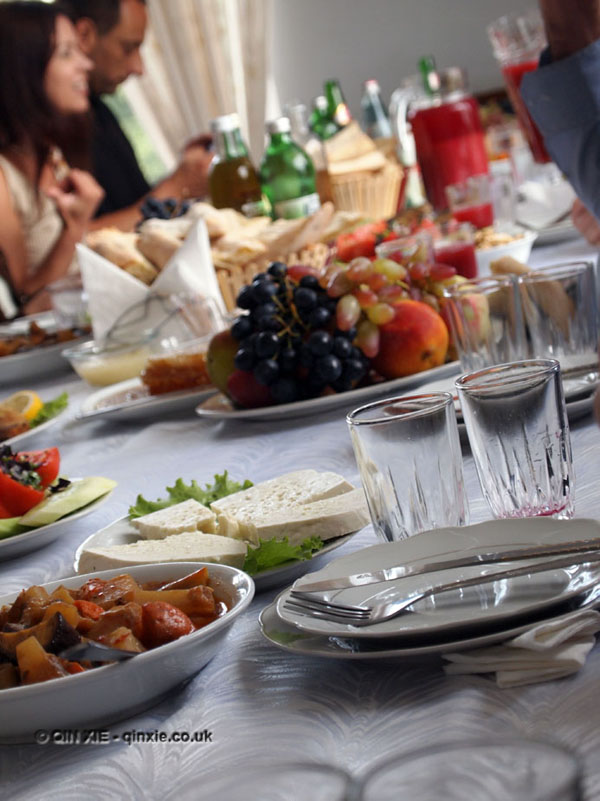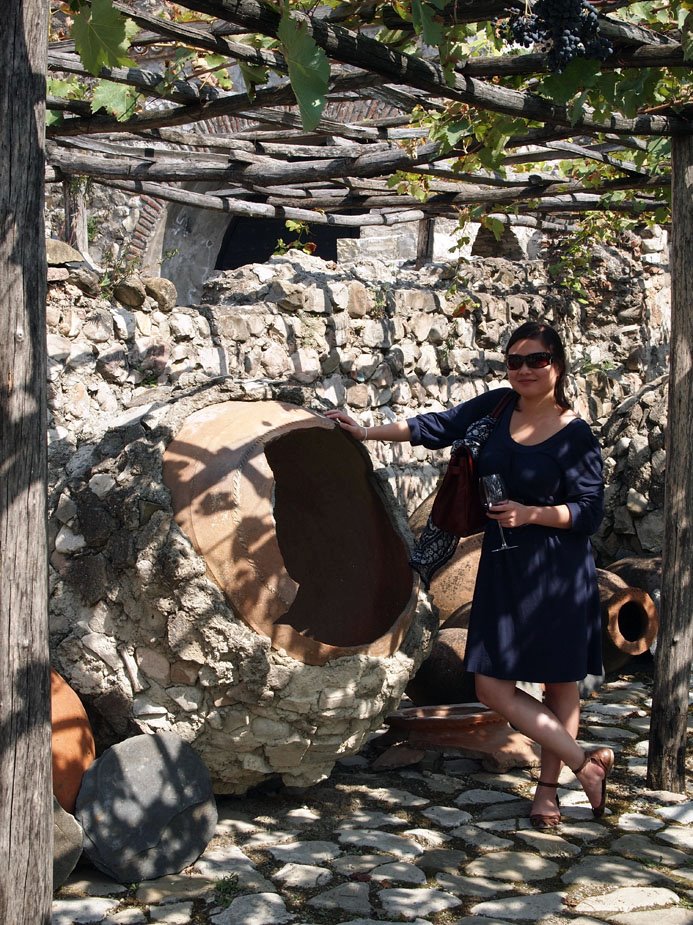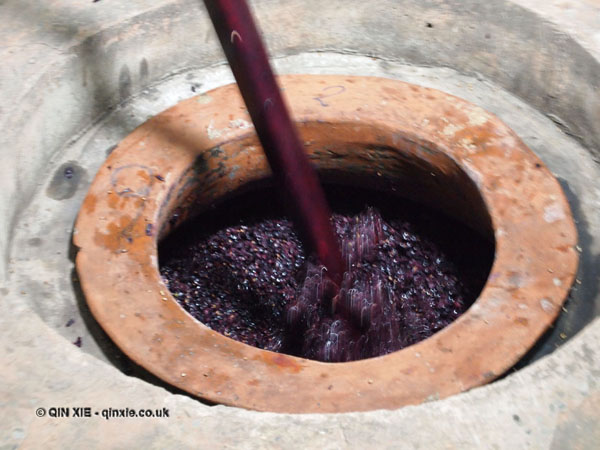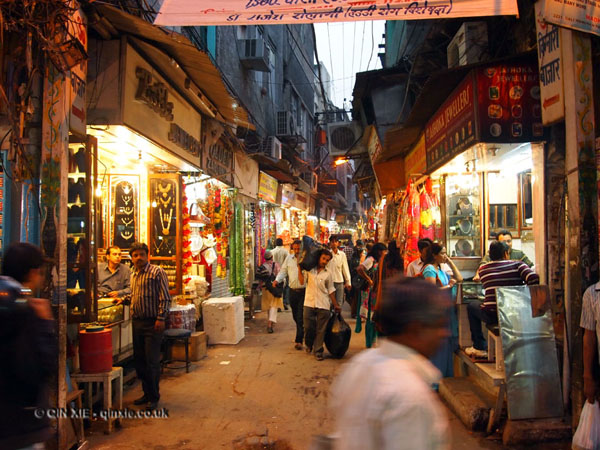Published on BespokeRSVP on 19th January 2012:
Billions of people around the world will be welcoming in the Year of the Dragon in Chinese New Year celebrations this year on the 23rd of January. The celebrations can go on for as long as 15 days, with different traditions followed each day, or can be as small as a family gathering on New Year’s Eve.
In my family the celebrations have always involved copious amounts of food, including dumplings and stir-fry (an amalgamation of our northern and southern China influences), and watching the CCTV (that’s China Central Television) New Year Gala.
Whatever the celebration though, it will always involve food – it’s just such an integral part of Chinese culture. So to celebrate a little on the Bespoke Blog, we decided to explore the Chinese New Year with Ken Hom OBE, one of the most internationally renouned personalities in Chinese cuisine.
Hom came to prominence in the UK when he was commissioned to do a TV series on Chinese cooking for the BBC in 1984. It was greatly received as it was the first time that food was cooked in real time and of course it was a very healthy and different way of cooking. The TV series was syndicated worldwide, with many more series and accompanying books produced since.
Hom took some time out from his busy schedule (currently in Brazil) to answer our questions…
What do you think Chinese New Year is all about? It is all about celebrating with family and friends, especially over meals. It is also a time of family reunion and looking forward to the New Year.
Do you have any family traditions when celebrating Chinese New Year? I remember we cleaned our house before New Year’s Eve and talked about planning the family dinner.
Are there any dishes that are Chinese New Year essentials? Yes, dried oysters with sea moss…. Good things and prosperity. A whole fish for prosperity and dumplings for good luck.
How are you celebrating Chinese New Year this year? With friends in London
What’s your outlook for the year ahead and are there any new projects coming up? So far it looks good as I am filming a new series for television. I am supporting Action Against Hunger, and I will be supporting the Prostate Cancer Charity for the London Marathon. And who knows what else the year will bring?
Are there any ingredients which are must haves for Asian inspired dishes for the Year of the Dragon? It would be the usual dishes but we are always weary about the Year of the Dragon because it will be a strong year with consequences for many years to follow! But I am positive!
